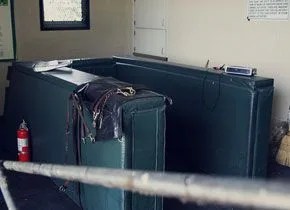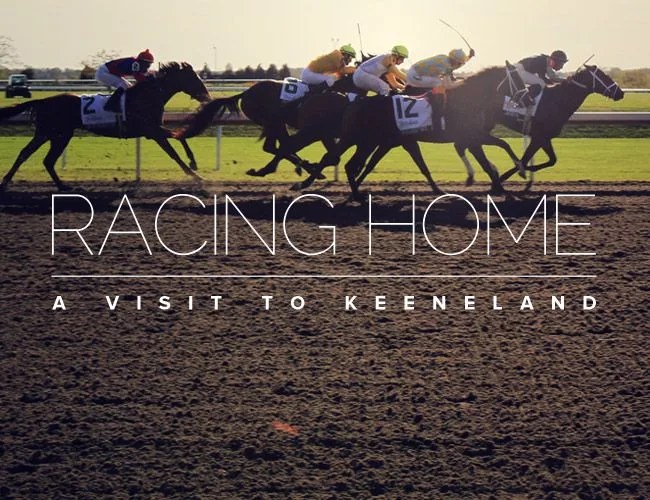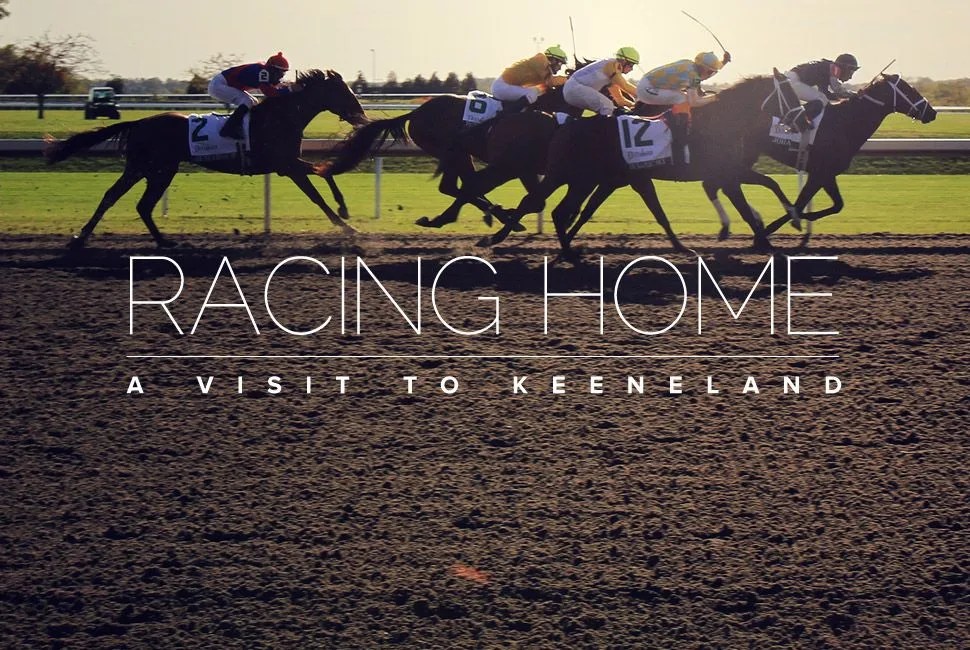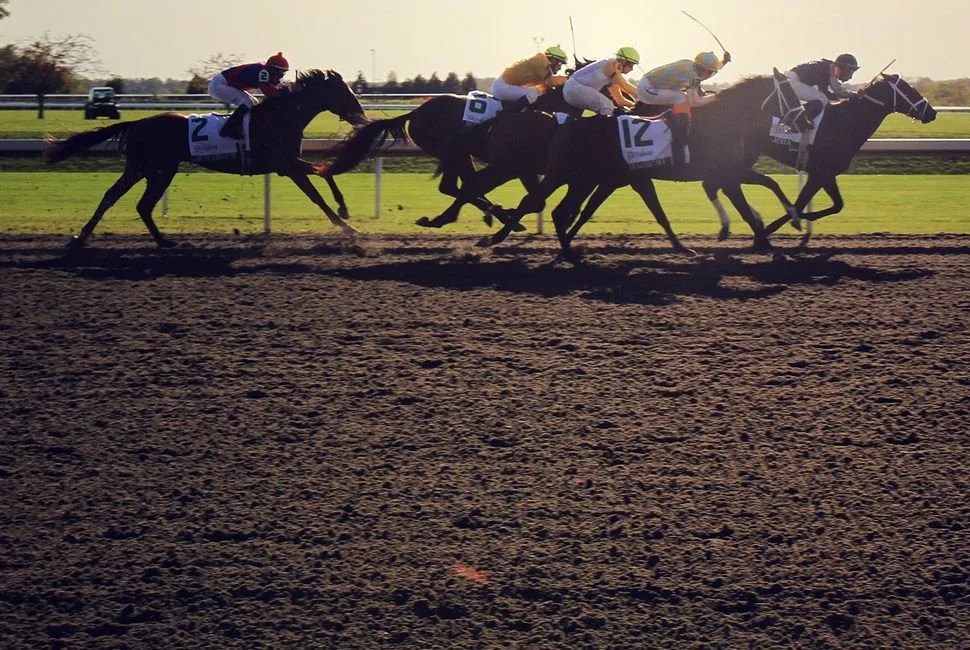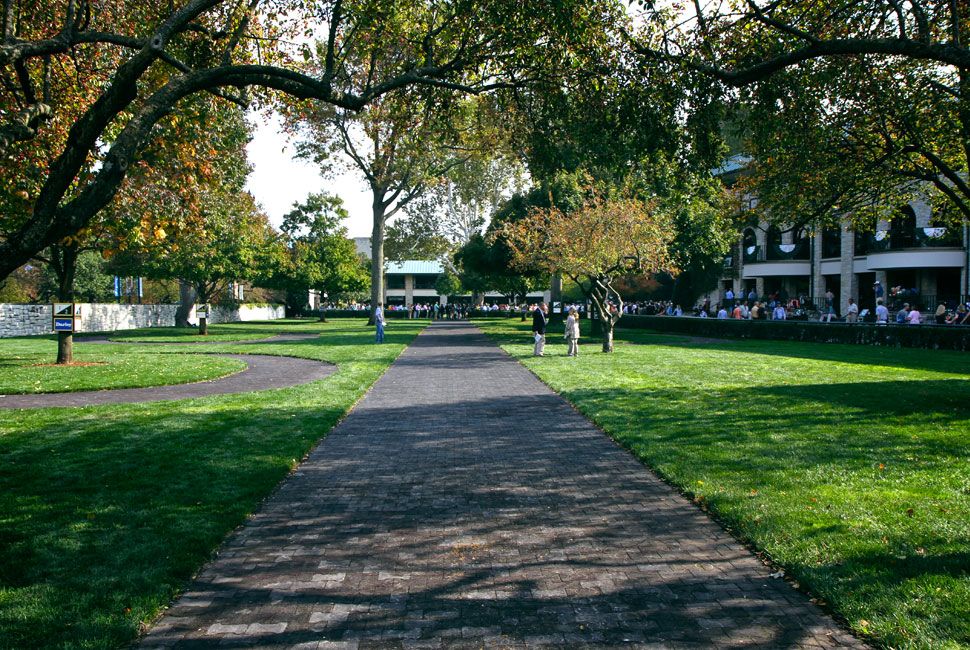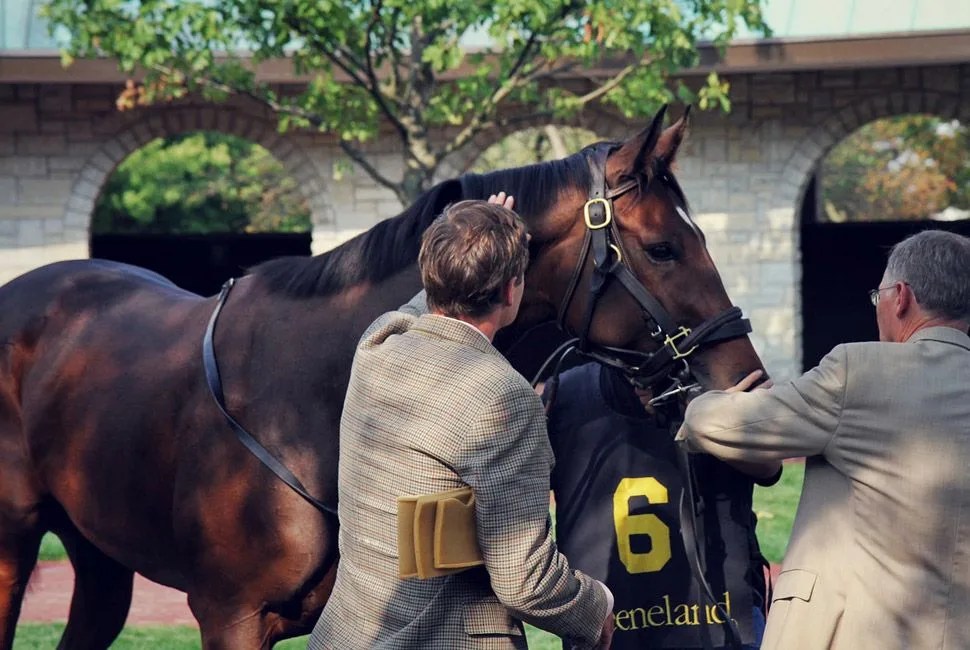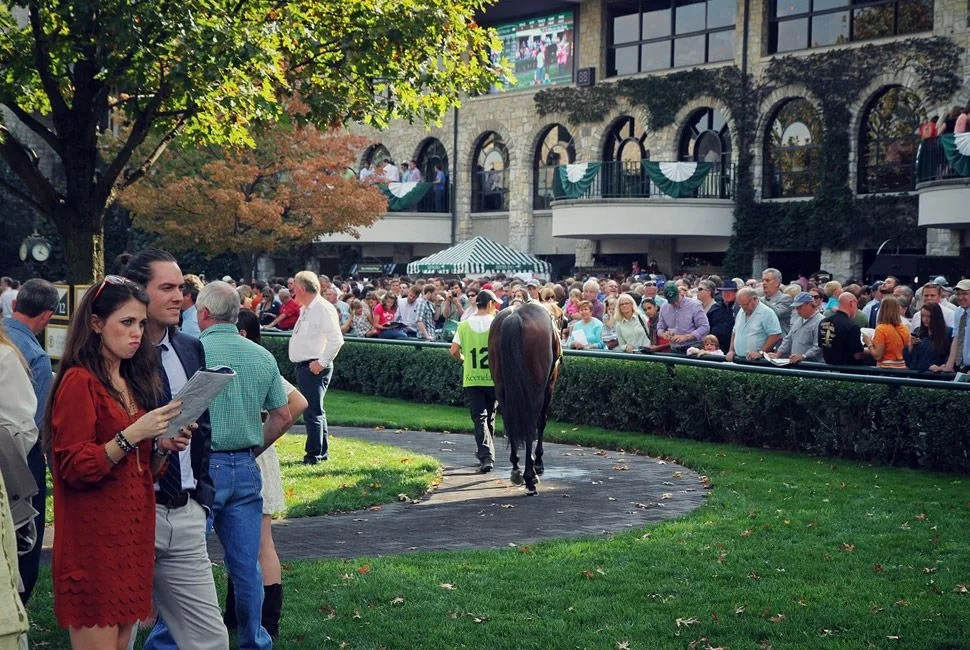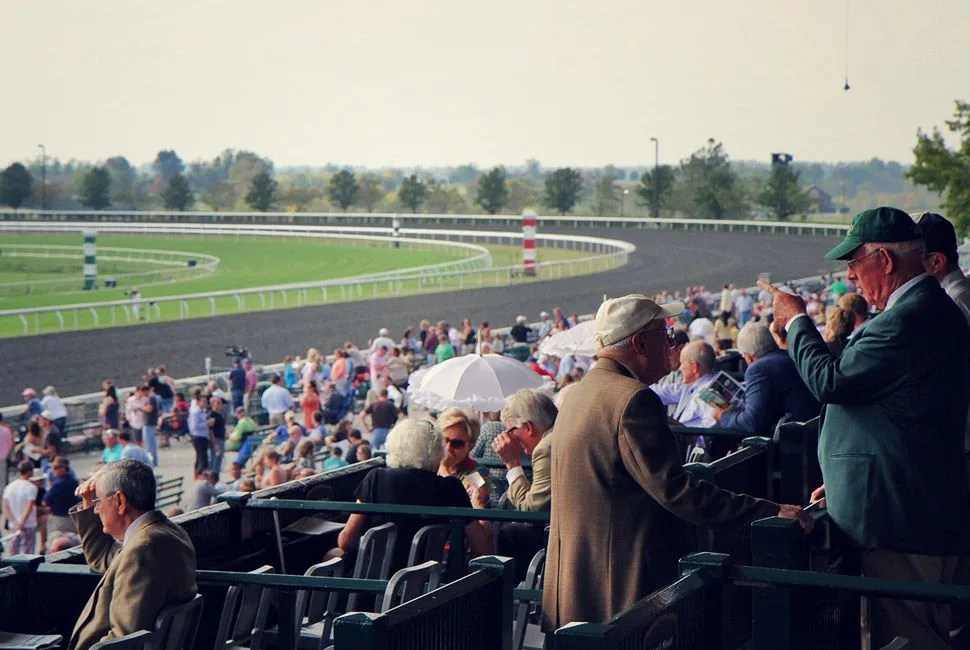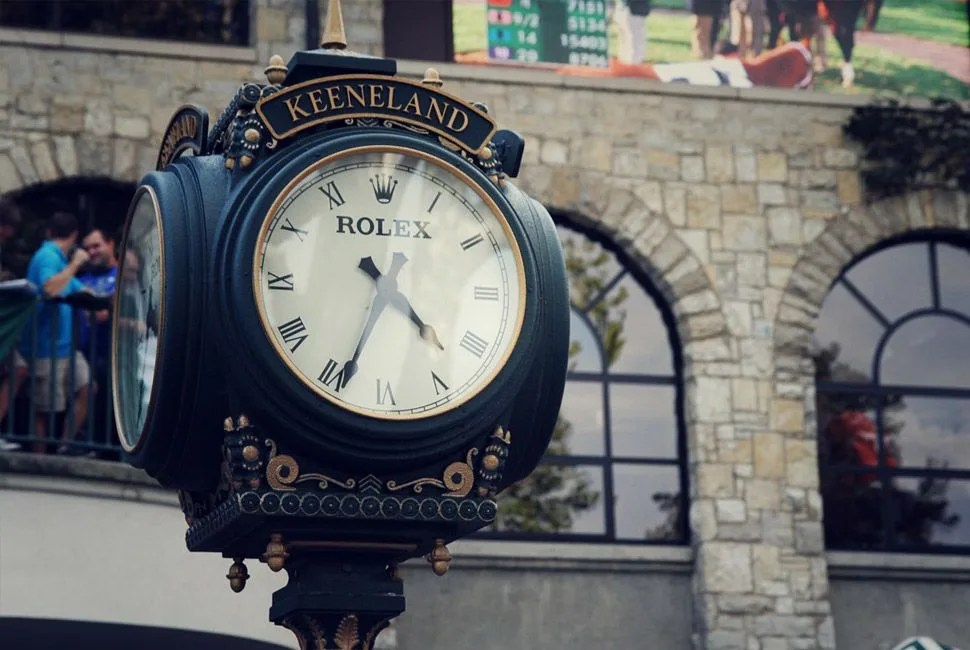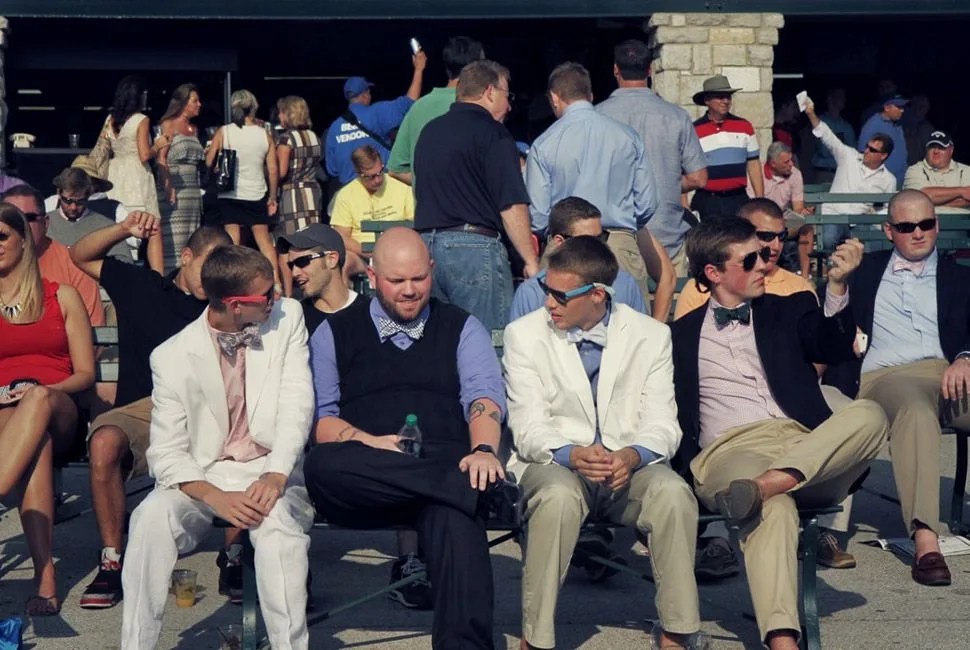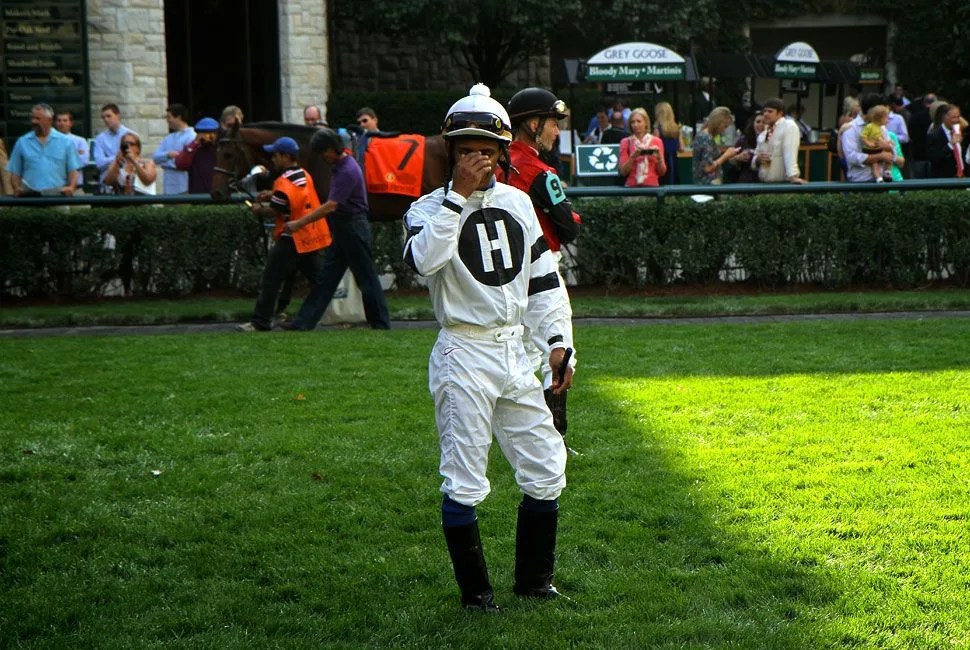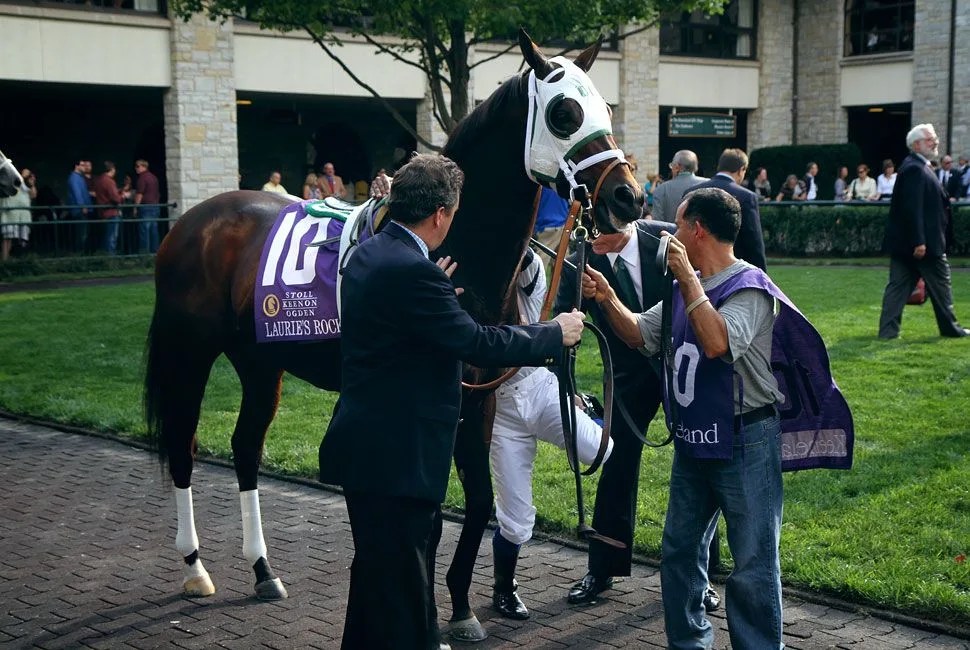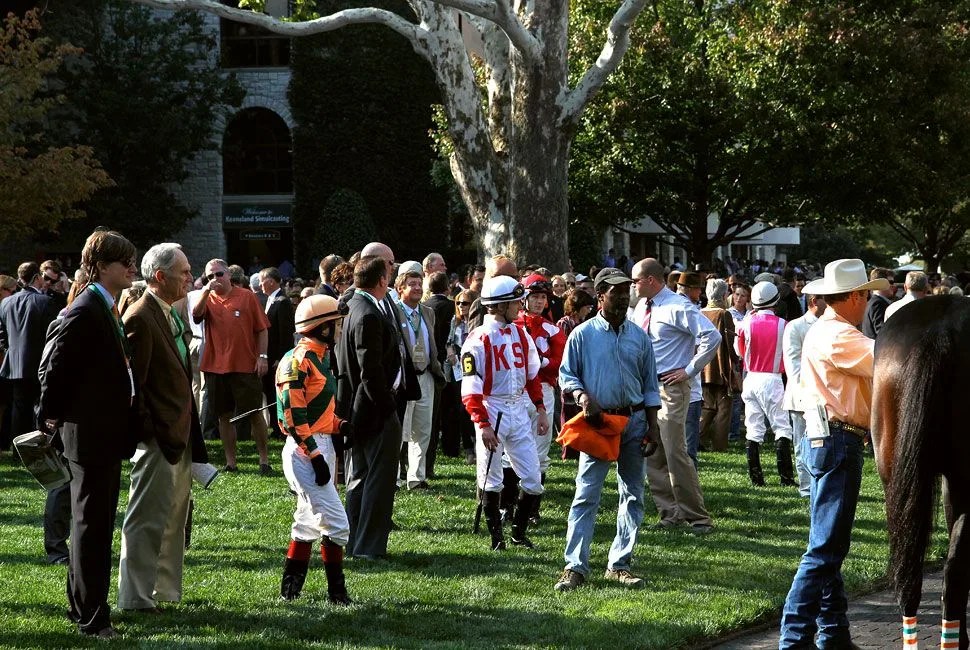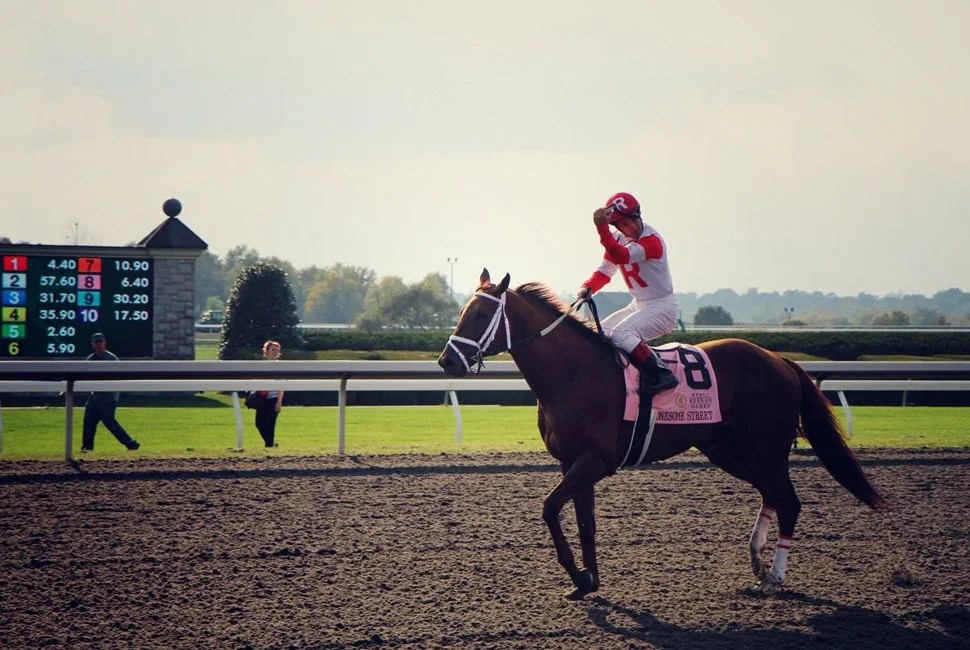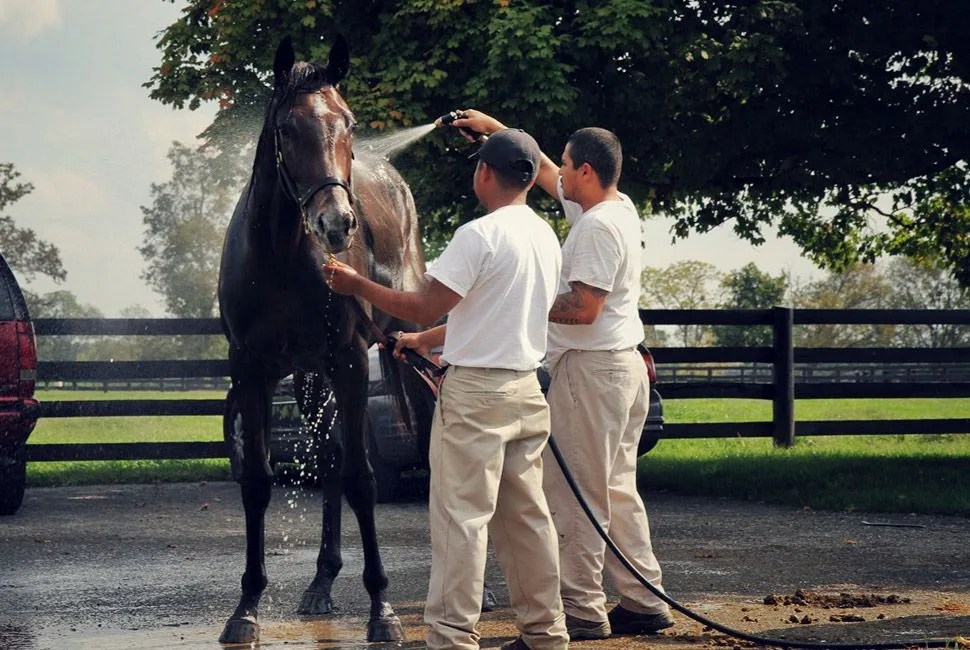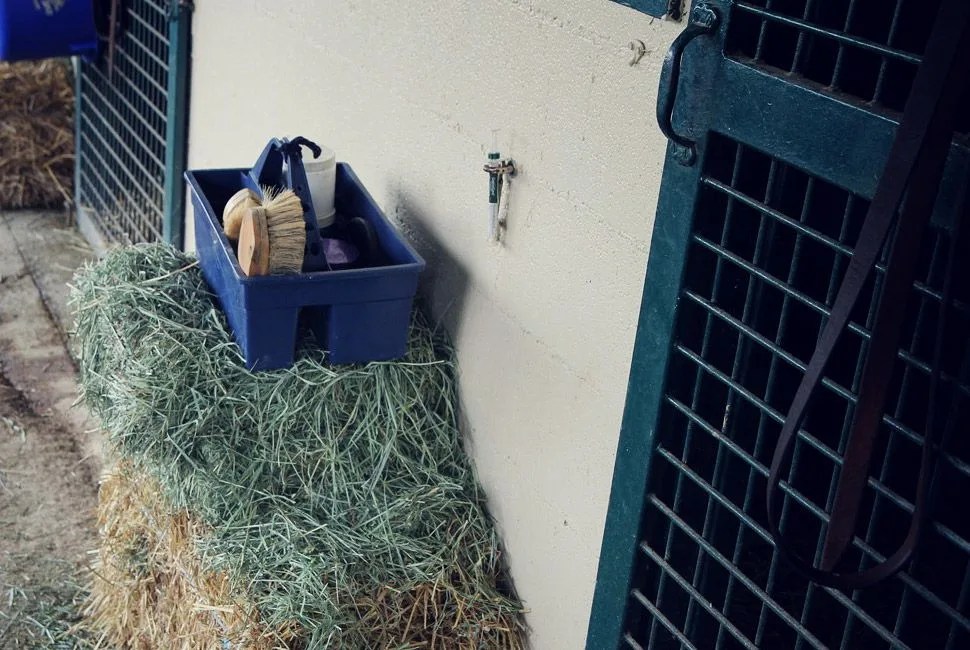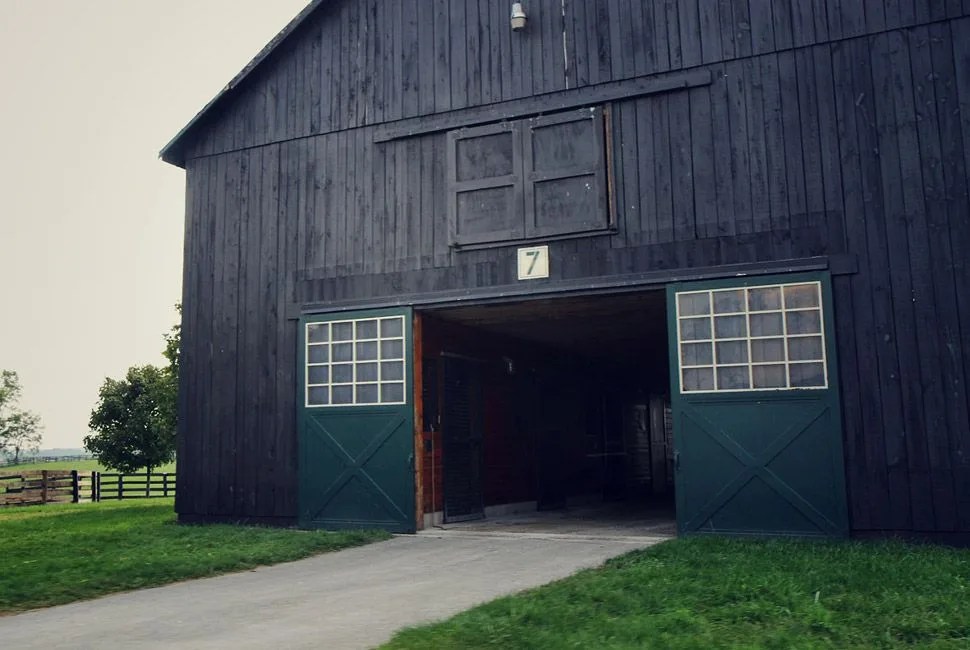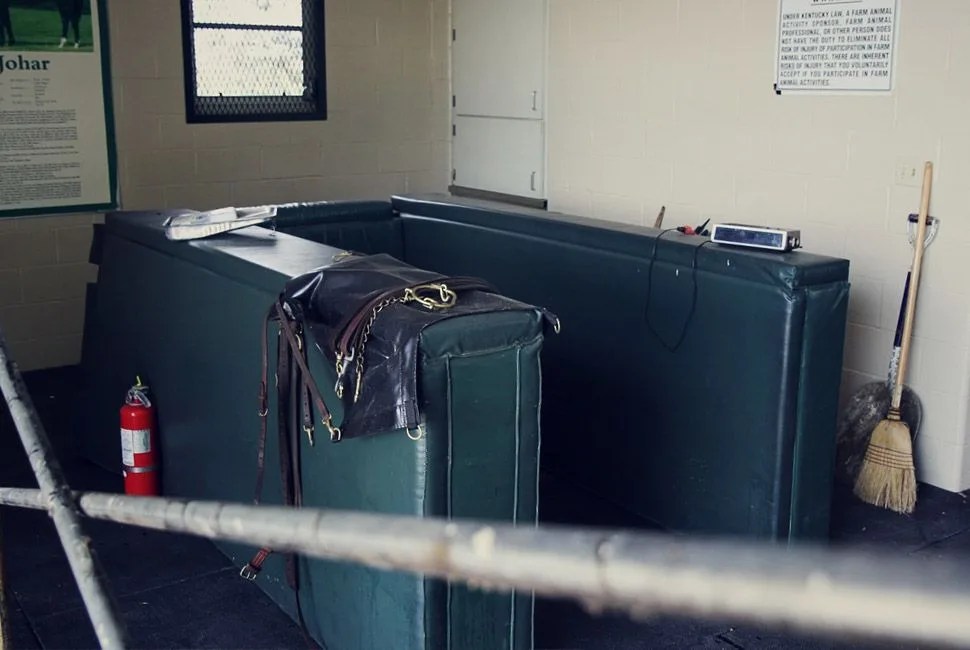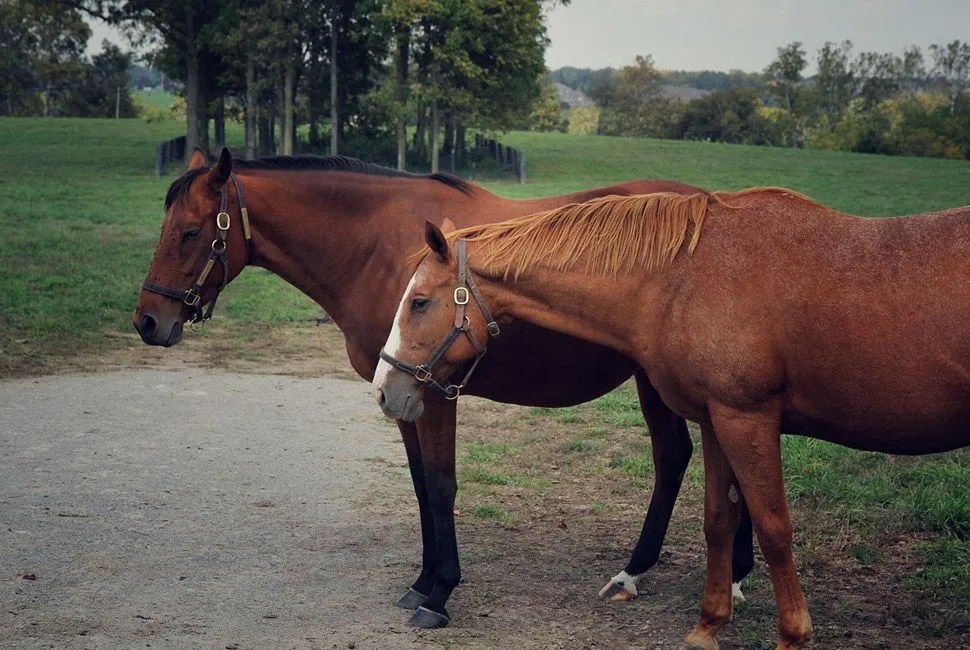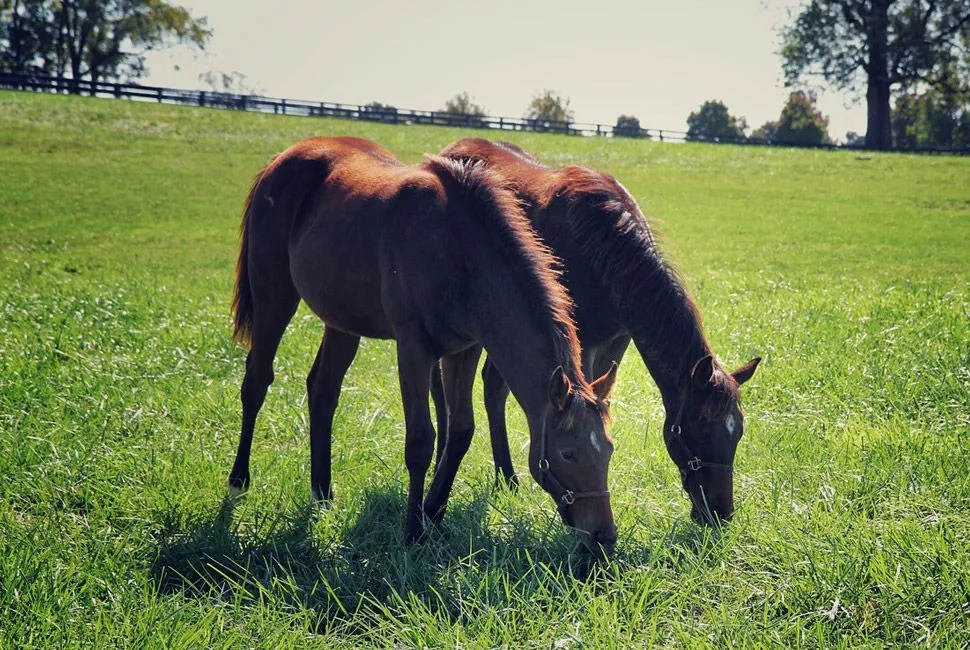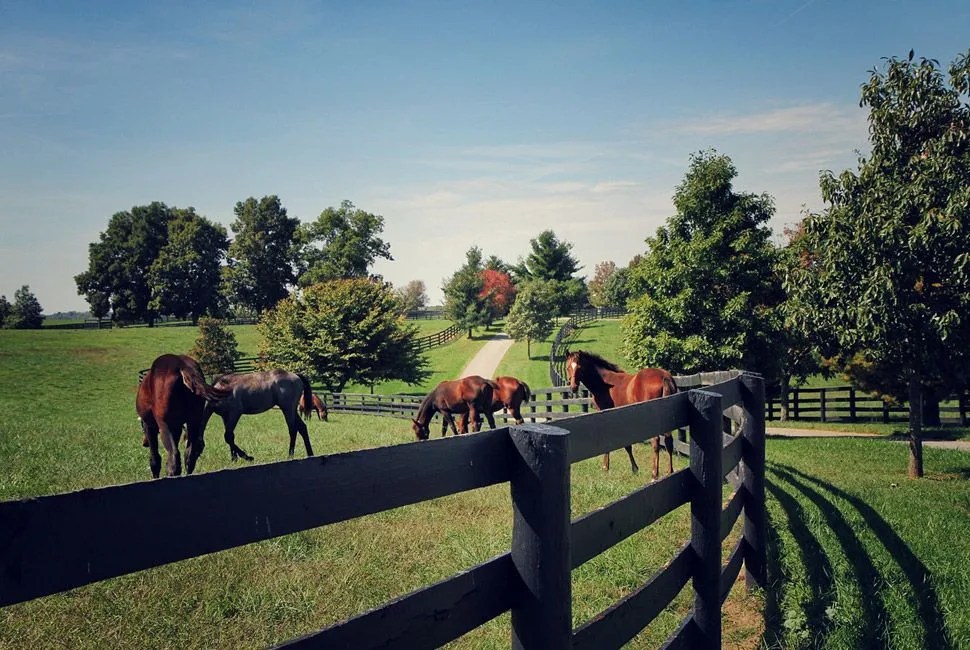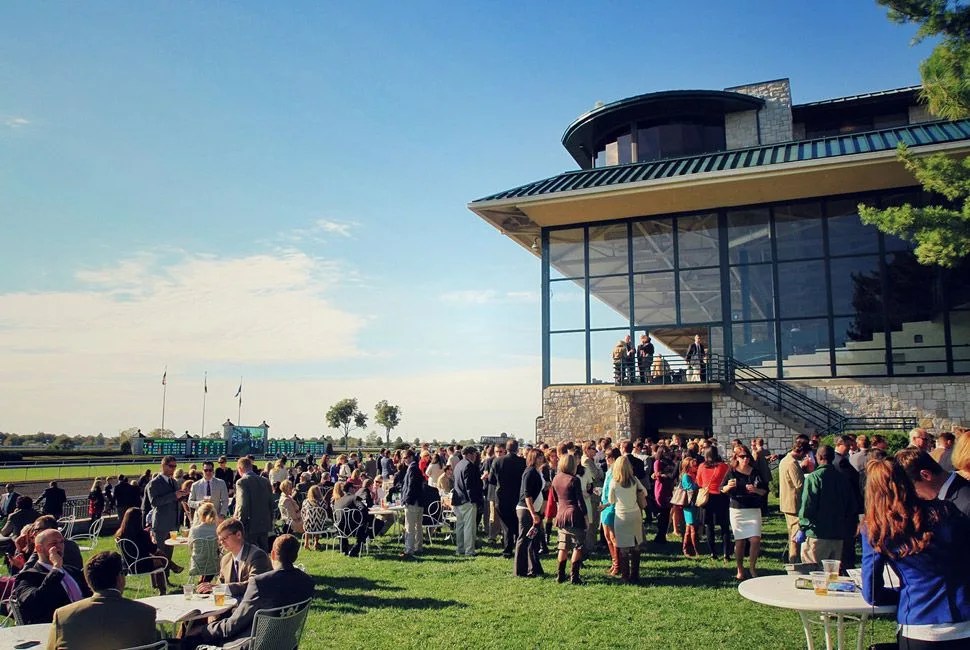20 photos
Kentucky is the undisputed mecca of the thoroughbred industry in the U.S., both for breeding and racing. Each year since 1875 this truth has been reaffirmed on the first Saturday in May, when sport’s brightest spotlight turns toward Churchill Downs, home of the Kentucky Derby. Its reputation as “The Most Exciting Two Minutes In Sports” is well-deserved. The same goes for the race’s record attendance numbers, which eclipse both the Preakness and the Belmont Stakes. But those who follow the sport beyond the Julep-fueled weekend of seersuckers and sundresses know that much of the prestigious race’s success is owed to another place a mere 80 miles east.
Keeneland, located in Lexington, is a fundamentally different kind of race track, purposefully conceived to serve as a lasting monument to the sport’s heritage and tradition. As the story goes, after the closing of the Kentucky Association Track in 1933 during the thick of the Great Depression, “Thoroughbred city” was suddenly trackless for the first time in a century. While much of the country wandered adrift in search of food, shelter and work, a committee of 10 local industry veterans hatched a plan to create America’s first not-for-profit track, one that would serve the community and reinvest proceeds into improving the grounds and fattening race purses.
If you’ve ever seen 2003’s Seabiscuit, you’ve seen the pristine setting firsthand, in addition to The Dude in period costume, as most of the racing scenes were filmed there.
While few business moves set in the backdrop of the Great Depression could ever claim perfect timing, the decision to act during such a period of economic chaos proved fruitful for the group. Jack Keene, a world-renowned breeder who had kicked off his goal to build a private racing and training facility during the high of the roaring 20’s before things went sour, was willing to part with his stillborn dream for a bargain. He had already constructed a foundation with potential in the form of a mile-and-a-furlong track and a stone castle and barn built from limestone mined in Kentucky, but work was still required to get the track up and running in 1936. Keeneland’s role as a beacon for the sport soon expanded in 1939, thanks to the donation of over 2,300 volumes on the sport of horse racing by Lexington businessman William Arnold Hangar, who sowed the seed for the Keeneland library, which today stands as one of the world’s largest research and reference repositories on thoroughbreds.
A Lament for the Teaser Stallion
